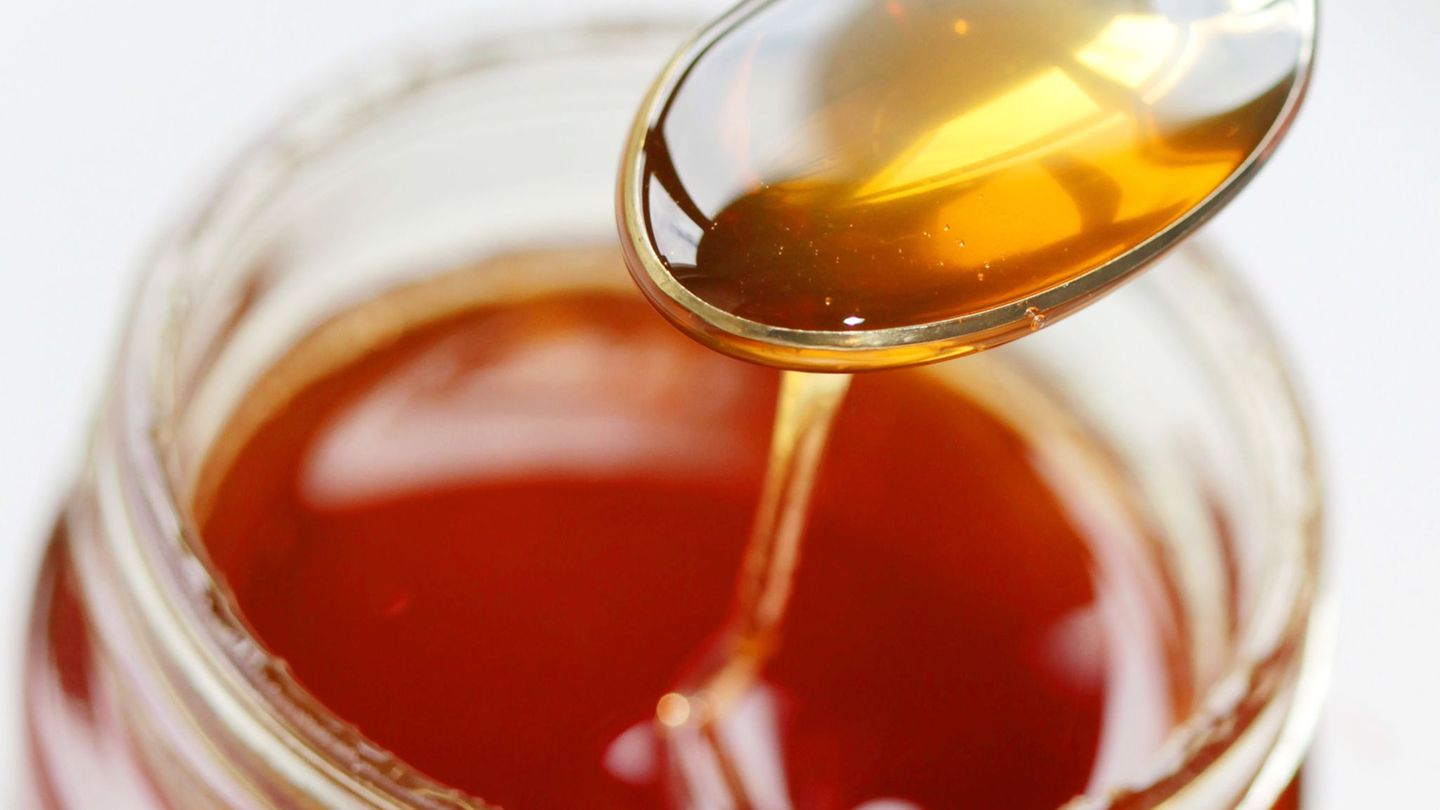Menu
Food: Clearer information on the origin of honey soon mandatory
Categories
Most Read
Bahn: New boss Evelyn Palla announces major renovations
October 19, 2025
No Comments
Remuneration at stock exchange companies: “No longer a rare species”: female managers earn less
October 19, 2025
No Comments
businessmen distrust that it will reactivate the real economy
October 19, 2025
No Comments
To meet the goal, Luis Caputo must take the chainsaw for subsidies, salaries and public investment
October 19, 2025
No Comments
Due to lower sales in supermarkets, mass consumption fell 4.4% in September
October 18, 2025
No Comments
Latest Posts

“DSDS” star Aneta Sablik: pregnant again after two miscarriages
October 19, 2025
No Comments
Lisa HarrisI am an author and journalist who has worked in the entertainment industry for over a decade. I currently work as a news editor

River was reunited with the victory in Córdoba against Talleres
October 19, 2025
No Comments
October 19, 2025 – 10:20 El Millonario smiled again after the 2-0 victory over Matador. With this victory, they rose to fourth place in Zone

Franco Colapinto will start from position 15 in the US GP: TV and race start time
October 19, 2025
No Comments
October 19, 2025 – 10:18 With the starting order confirmed, Verstappen will try to maintain his lead from the front row, while Norris and Leclerc
24 Hours Worlds is a comprehensive source of instant world current affairs, offering up-to-the-minute coverage of breaking news and events from around the globe. With a team of experienced journalists and experts on hand 24/7.

